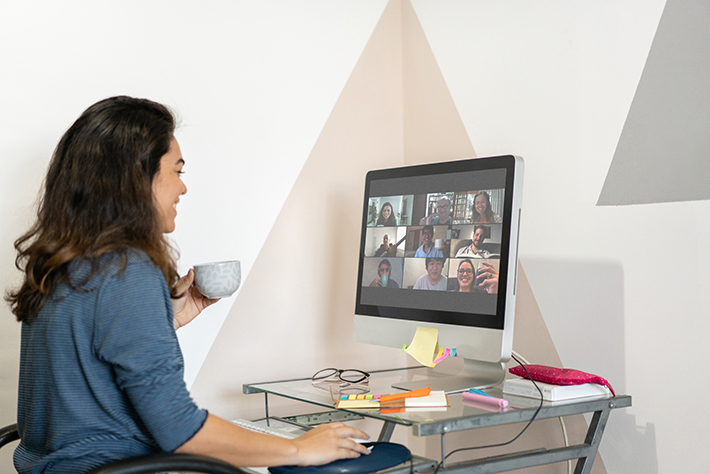
How To: Engage Members (and Non-Members) Between Meetings
In today’s virtual environment, standards development continues through the dedication of members like you with the support of online tools such as Webex, Zoom, and more.
Connecting between regular meetings, which many subcommittees and task groups already do, can also further collaboration and connection. In turn, working together frequently (especially with already busy schedules) can make for more efficient and effective collaborations: raising awareness so that members can contribute more easily to a standard’s development or including tweaks sooner in a draft to head off negative votes later.
Here are a few suggestions:
- Consider using collaboration areas. A collaboration area provides a place where drafts can be shared with both nonmember and member stakeholders. These areas help make scheduling meetings and group communication easier.
- Consider the further use of collaboration areas for administrative purposes. In addition to a standards development space, a collaboration area can also serve as a forum to discuss a potential standard or standards, or a new subcommittee that will be responsible for developing a standard in a particular area. Again, both members and nonmembers can be part of this administrative collaboration area, which supports group communications and meeting scheduling.
- Circulate a draft new standard or revision to interested stakeholders and encourage them to seek input from colleagues. This virtual format provides a unique opportunity to reach more stakeholders and if you start to gain their input informally, then you can follow-up and include them in the next task-group meeting.
- Hold task group meetings at different times in addition to scheduled committee and subcommittee meetings. Consider member promotions to involve additional stakeholders and think about meeting times that include people from diverse time zones.
- Schedule a quarterly, monthly, or weekly conference call or Webex (in addition to meetings held on a twice yearly or yearly meeting schedule) for your task group or subcommittee. You can check in about a standard, any needed refinements, its use, or other business.
- Schedule special, but perhaps more informal, meetings. A technical contact could cover a new standard or significant revision to a standard, perhaps with a slide or two, for the presentation. Invite nonmembers and potential standards users as well when appropriate, and if doing so (and using slides), include a slide about ASTM membership.
- Send email regularly to people who are interested and/or involved in a particular work item, which can help keep members engaged in its development. Also consider regular emails for other purposes – and emails to potential stakeholders to raise interest.
- Remember that phone calls are important, so make some time for them. Picking up a phone for a one-on-one conversation can be critical when addressing ballot negatives. A call can also further understanding, knowledge, and connection.
- Questions? Contact your staff manager
REGS CORNER
Publications, including documents (standards in all their forms), technical papers, reports, minutes, letters to the editor, and related materials shall be released for publication only through ASTM headquarters.
Publicity and news statements covering committee activities are also regularly released by ASTM headquarters. If publicity releases or other statements are prepared by committees, they shall be cleared through ASTM headquarters before release. Committee members who are representatives of the press shall clear news statements covering committee actions with the appropriate committee officers and with ASTM Headquarters before publication. ■
 SN Home
SN Home Archive
Archive Advertisers
Advertisers Masthead
Masthead RateCard
RateCard Subscribe
Subscribe Email Editor
Email Editor